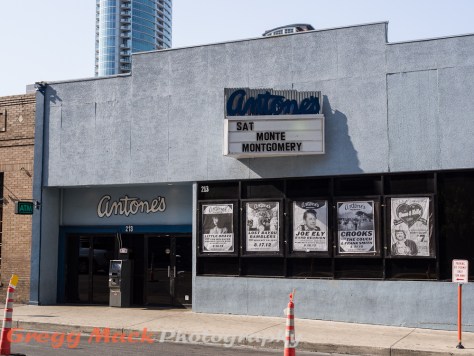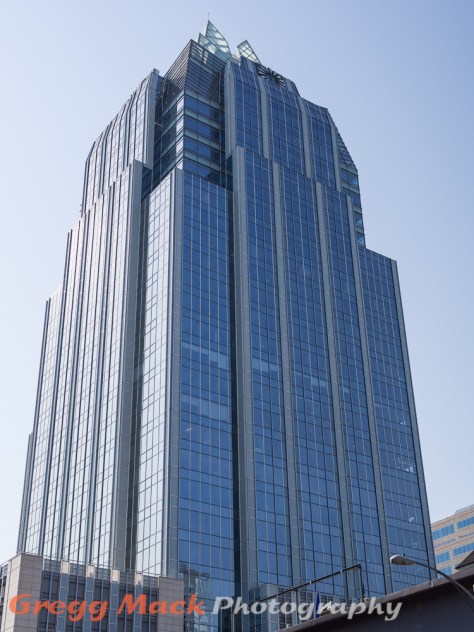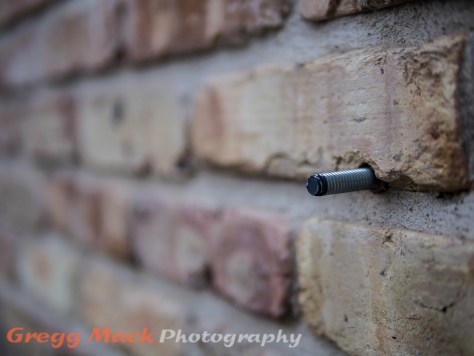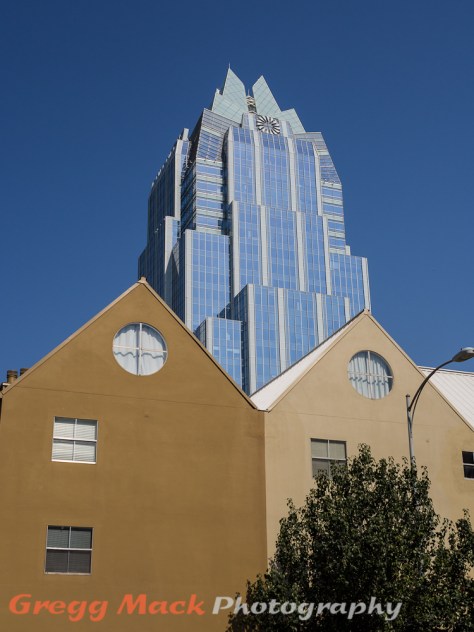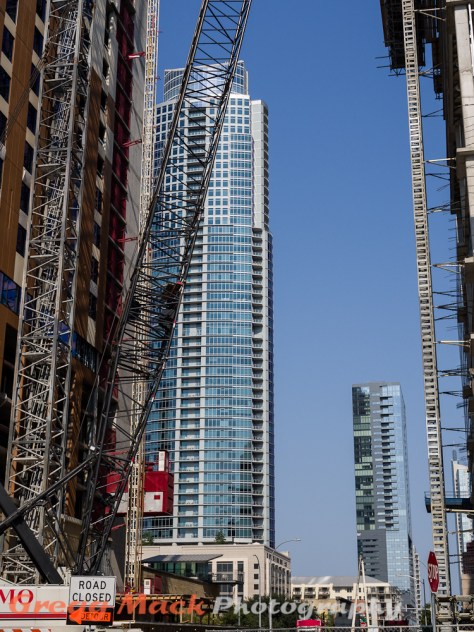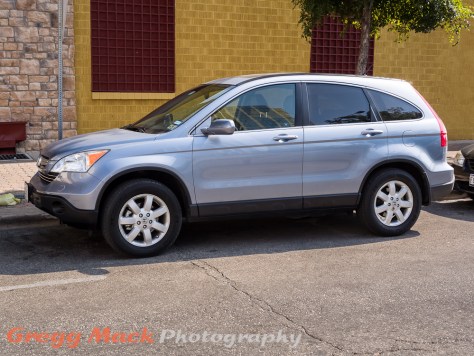 My last several posts, except for the CowParade Austin cows, have shown photographs that I have taken with my Olympus OM-D E-M5 camera that I acquired in late May, right before Barb and I went to Ruidoso, NM for a week vacation.
My last several posts, except for the CowParade Austin cows, have shown photographs that I have taken with my Olympus OM-D E-M5 camera that I acquired in late May, right before Barb and I went to Ruidoso, NM for a week vacation.
This past Saturday morning I went to the Austin Shutterbug Club workshop on macro photography, and we were told to bring a camera, tripod, flash, and a macro lens (if you had one). I decided to bring my new little Olympus system with me.
Right before the workshop was to start, one of the other members, Jane, walked over and asked me if that was the Olympus camera that I had written about in my blog. I said well yes it was, and I took the camera off of my tripod and handed it to her to look at.
Jane had previously commented on Facebook how sharp the images from this camera had been, and she asked about that. I said that the amount of sharpening that I had done in post processing was basically just the default amount that Adobe Lightroom gives to this camera model.
Other than the sharpening, Jane was completely taken by surprise by the size of this camera. It was much, much smaller than she had anticipated, and I believe that she said “but it’s so small” at least three times during our brief conversation.
That’s when it hit me that most Nikon and Canon DSLR shooters hadn’t yet realized what these new mirrorless interchangeble cameras were all about. I know that I personally hadn’t given them even a glancing look before I had read Kirk Tuck’s blog about a year ago, when he made me aware of the Olympus PEN cameras, but he also stressed that the Electronic View Finder (EVF) was a big part of the “magic” that these cameras provided.
I have been firmly entrenched in the Canon 5D system for 6 years now (first the 5D, then the 5D Mark II). I have slowly acquired a collection of 8 lenses, 5 Speedlites, and all sorts of other accessories that go along with it. I have always liked these full-frame cameras in every respect, except for when Barb and I travel on vacation. Taking the camera, just a couple of lenses, and a tripod was still a significant amount of gear to pack and haul around.
In an effort to “lighten up”, I bought a Canon PowerShot G11 in the spring of 2010, and was going to see how well it could deliver on a vacation to Niagara Falls. Unfortunately, that camera never made it to Niagara Falls. It was stolen at O’Hare International Airport in Chicago. Good thing that I had also brought my Canon 5D Mark II, three zoom lenses, and my tripod.
We later went to a friend’s 50th birthday party in Las Vegas in November 2010, and I knew that the casinos wouldn’t allow a big DSLR inside (even if I promised that I wasn’t going to take any photos), so I went without any camera at all. I saw so many fascinating photographic subjects while I was there that I vowed never to leave town without a camera again. When I got home, I ordered a replacement for the stolen camera; a Canon PowerShot G12.
I never have liked that camera. I don’t really know why. There are several reasons, but they all seem to distill down to the fact that it is inferior in every respect to the 5D Mark II. I used it only when I went somewhere that I didn’t think a big DSLR would be allowed (like on the tour of the Monrcrief-Neuhaus Athletic Center).
Anyway, I finally solved my travel camera problem this past May, when I bought my Olympus OM-D E-M5 camera, four lenses, an external flash, and a small Gitzo GT1542T Traveller tripod.
Now here’s the big surprise – to me, anyway. This little camera system has quickly become my camera of choice. It’s because of the size and weight. The Canon 5D Mark II takes a slightly better photo, but you could never tell that by the size (resolution) of the photos that I post here on the web.
I do still use the Canon 5D Mark II for all of my commercial work. (But admittedly that is only about once a month). But for everything else, the Olympus OM-D E-M5 is “good enough” in image quality at 16 Megapixels. It is smaller, lighter weight, and quite frankly, more fun to use.
Now I have deviated somewhat from my original purpose of writing this blog post. Like Jane, and myself until recently, I don’t think a lot of “serious amateur” photographers, fully realize what’s going on with these physically small, mirrorless interchangeable lens cameras popping up everywhere.
I am not going to try to convince anyone of anything in this post, but I do want to clearly show the difference in size between a full-frame DSLR camera and lenses to a “functionally equivalent” mirrorless interchangebale lens camera, specifically my Olympus OM-D E-M5.
Before anyone leaves flaming comments, yes I realize the DSLR can produce a higher resolution photo – but not by a huge margin. And yes, the full-frame Canon can produce a shallower depth-of-field at the same aperture setting. But if you’ve looked at the photos in my previous blog posts, you will clearly see that the Olympus can easily blur the background due to depth-of-field.
Other than that, the lens comparisons that I will show are indeed very, very close to each other. All that I am trying to show is the difference in the physical size, and you can infer the weight difference.
I have already written way too many words about this! Here are a few more photos that show the difference in size between the camera bodies themselves.
Reminder: You can always view any photo at a larger size by just clicking on it. You will then need to use your browser’s “Back Button” to return to my story.
Note that in the next photo that I placed the Olympus slightly in front of the Canon, which make it appear larger, due to the perspective of the lens on the camera taking this photo.
In the next photo you can see the buttons on the back of the camera. Many reviewers on the internet feel that they are too small and too close together. I don’t feel that way at all. It is a bit awkward to get my thumb to hit the Play button, to the left of the Fn1 button, but I don’t need to press it very often. I do think that the buttons have a squishy or spongy feel, that I am not crazy about, but I do not have any trouble using any of them.
You can see just how much thinner the little Olympus is.
And here’s a nice feature that the Olympus has over the Canon – the OLED screen on the back tilts up about 75 degrees, as shown here, and it can also be tilted 45 degrees downward (handy when you want to hold the camera way above your head to shoot over the crowd).
In the next photo, I show the two “kit lenses”. For all practical purposes, they give me equivalent results. The Olympus lens is a 12-50mm f/3.5-6.3, which is equivalent to a 24-100mm f/3.5-6.3 on a full-frame camera. The Canon lens is a 24-105mm f/4.0, and of course I use it on a full-frame 5D Mark II. The Olympus has a wider aperture when the lens is zoomed to wide-angle, but it has a smaller aperture (f/6.3) when zoomed out to 50mm. I prefer the Canon’s constant aperture, but have always wished it were f/2.8 instead of f/4.0 – but to do that, the lens would have an even larger diameter!
And here you can see the difference in length and diameter between these two functionally equivalent lenses.
Here are the same two lenses mounted onto the cameras.
Remember that the object in front will appear larger than the object behind it in the photo.
And finally, here they are as I normally would use them: complete with lens hoods, and plates attached to the cameras for mounting them on tripods. The Canon has an L-plate, so that I can mount it in either landscape or portrait orientation without having to reposition my tripod ball head. The Olympus just has a base plate that runs the entire length of the camera. I like the ones made by a company named Really Right Stuff.
Here are a couple of prime (non-zoom) wide-angle lenses. The Canon lens is a 24mm f/1.4, while the Olympus is a 12mm f/2.0 (which is 24mm equivalent on full-frame).
Here I just stand them up, with the camera mount end facing up.
Put on the lens hoods, and mount them on the cameras.
By the way, here is my Behind the Scenes (BTS) photo. I used the Olympus with the 12-50mm lens to take this photo of the Canon G12 camera that I used to take all of the other photos in this post. I was using all natural light coming in from a large window to my right. I did use the G12 in Manual mode, and used my Sekonic light meter to tell me what to set the aperture, shutter, and ISO to on the little G12. I still had to add +1 stop of exposure to ALL of the photos in Lightroom for this post. Just another reason why that G12 and I don’t get along very well…
Now here are a couple of “identical” lenses. The Canon is a 50mm f/1.4, while the Panasonic is a 25mm f/1.4 (which is exactly equivalent). Yes, the Panasonic and Olympus Micro-Four Thirds lenses are completely interchangeable between their cameras. Both of these lenses are very sharp and produce excellent photos. Canon does have a 50mm f/1.2 lens, but it costs a fortune, and this one leaves nothing for me to desire!
Here they are with lens hoods and mounted on the camera bodies.
Now if I have ever taken your portrait, there is a very good chance that I used the lens on the left in this next photo. It is the Canon 85mm f/1.8 lens. On the right is the Olympus 45mm f/1.8 lens (which is equivalent to 90mm f/1.8). Like the previous two lenses, these lenses are extremely sharp and give great results!
Here they are mounted to the cameras. Note that I have removed the Really Right Stuff plates from the two cameras.
Speaking of lens hoods, this is an area where Canon is definitely better than either Olympus or Panasonic. The Canon lens hoods are much deeper, so they function better. The Canon lens hoods can all be “reverse mounted” (turned around), while none of the Olympus or Panasonic lens hoods can do that. This makes them much easier to store in your camera bag. Finally, Canon provides the lens hood with the L-series of lenses (those with the red ring around them near the end), but even on the non-L lenses they are not terrible expensive. Panasonic did include the lens hood with the 25mm f/1.4 lens. But Olympus doesn’t include a lens hood with any of the 3 lenses of theirs that I have, and they are very expensive. On top of that, I ordered two of my lens hoods directly from Olympus, and they took 9 weeks to deliver them to me.
While I had those two lens hoods, that could keep the camera supported upright, I added the external flash units to both cameras. 
Neither of these two cameras have a built-in pop-up flash, although the Olympus does come with a very weak removable “pop-up equivalent”. The Canon 580 EX II flash unit is significantly more powerful, in terms of the amount of light that it can produce, over the Olympus FL-600R flash unit. In all other respects, they both seem to have pretty much the same amount of functionality and features.
In the next photo, I show the macro lenses that I have. The Canon is a 100mm f/2.8, while the Olympus is the same 12-50mm f/3.5-6.3 that I showed earlier. Huh? What’s up with that?
Well, the Olympus lens also includes a very ingenious mechanism, where you push the button on the side of the lens, and then slide the zoom ring forward until it “clicks”. That puts it into a 43mm macro (86mm equivalent). The Canon is capable of capturing a life size, 1x magnification image, while the Olympus only states that it can then focus down to 0.66 foot (7.92 inches, or 20.1 cm), and does not state its maximum magnification capability.
I thought it interesting that the Canon 100mm macro lens seemed to be about equal in three dimensional volume as the Olympus lens WITH the camera attached.
And here are both macro lenses, with lens hoods and cameras attached.
Here are 6 of the 9 lenses that I have shown earlier (I forgot to include the 45mm Olympus and the 85mm Canon – I never intended to put the Canon 100 macro in). The Micro-Four Thirds lenses are in the front, while the Canon EF lenses are in the back.
It is pretty easy to see that when you drop in 3 or 4 lenses into a camera bag, and carry it around on your shoulder for several hours, the difference in weight quickly becomes significant. It forces you to pare down the full size lenses, while there is very little penalty to “bring the whole set” of the Micro-Four Thirds lenses…
And also worth noting is that I usually also carry a tripod when I go out shooting. Now that I have a smaller, lighter camera, with lighter lenses, I can use a much lighter tripod too! 
Here the Canon 5D Mark II, with 24-105mm f/4.0 lens is perched atop a Gitzo G1327 Studex carbon fiber tripod, with a Really Right Stuff BH-55 ball head with B2-AS II lever release clamp holding the B5D2-L plate screwed into the base of the camera.
The Olympus OM-D E-M5, with 12-50mm f/3.5-6.3 lens is perched atop a Gitzo GT1542T Series 1 carbon fiber tripod, with a Really Right Stuff BH-30 ball head with LR clamp holding the BOEM5 plate screwed into the base of the camera.
This little Gitzo GT1542T tripod is sturdy enough to comfortably hold the Canon camera and lens, it folds up to only 16.7 inches (42.4 cm), and only weighs 2.2 lb (1 kg). Now THAT will easily fit into my suitcase.
So it took me a few years to come up with my “travel camera system”, but as you can see, I finally found something that I am very happy with!
Thank you for reading my blog.


































